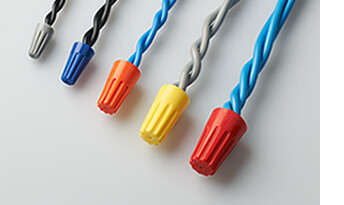The first to fail was the flexNExT. This one, surprisingly, is a flexM1.
It quit working yesterday monrning: I went out to change a tire on my bike, and when I went back inside the house, the door wouldn’t open. But that happens sometimes, so I didn’t think much of it, and the lock has an emergency keypad. And then I went to the office and my office door (also keyed to that implant) didn’t open either. That never happens. And I didn’t have the key. I had to press on the implant this and that way to finally get it to answer briefly after 15 minutes. Kind of like the flexNExT in fact: if I ram my thumb hard on it at the right point, it too starts working again.
So in a sense I now have an enable button on the flexM1 I guess  Trouble is, it’ll soon stop working altogether. I can tell.
Trouble is, it’ll soon stop working altogether. I can tell.
Well, if I implanted something untested, I would internalize the risk and live with it. But I’m not the adventurous type: I want reliable first and foremost.
For the flexNExT, I suppose it was a little rash of me to play early adopter. I should have let others play guinea pig before ordering. I started using it, developing things for it to exploit its fabulous range, and the blinkies and everything. When it died, all that good fun suddenly stopped. And to add insult to injury, it was still causing me a lot of grief with the healing. It still annoys me today when I look at it in fact, seeing how nice and settled it is, and how well the scar has turned out, knowing that it was all for nothing.
For the flexM1, I had done my research: it seemed to be a mature product nobody had much trouble with, and I selected a very safe implant location and positioning in my hand so it would be best protected against shocks and wouldn’t experience undue forces due to my hand’s movements. It went in, healed in 2 days and worked like a champ for nearly a year. I bought nearly 2 grands worth of NFC locks to go with it (which don’t work with smaller implants). I thought this one was a winner. But… no joy with that one either.
I’ll be implanting a flexDF2 and a flexNT this saturday (and a few other things too), so I should get the locks working again. We’ll see how long those last, if I get the opportunity. But I’m not holding much hope. I’ll implant them fully expecting them to fail at some point: at least it / when they fail, it won’t be such a disappointment.

